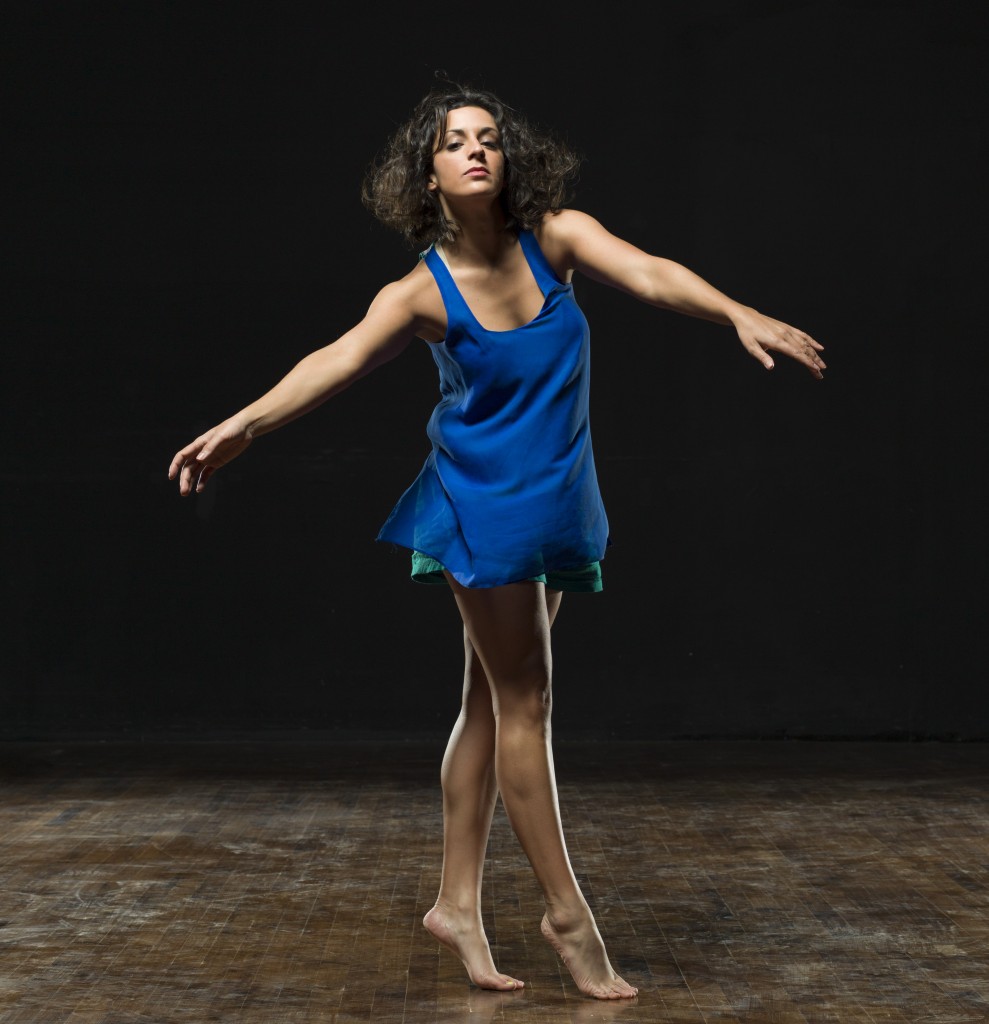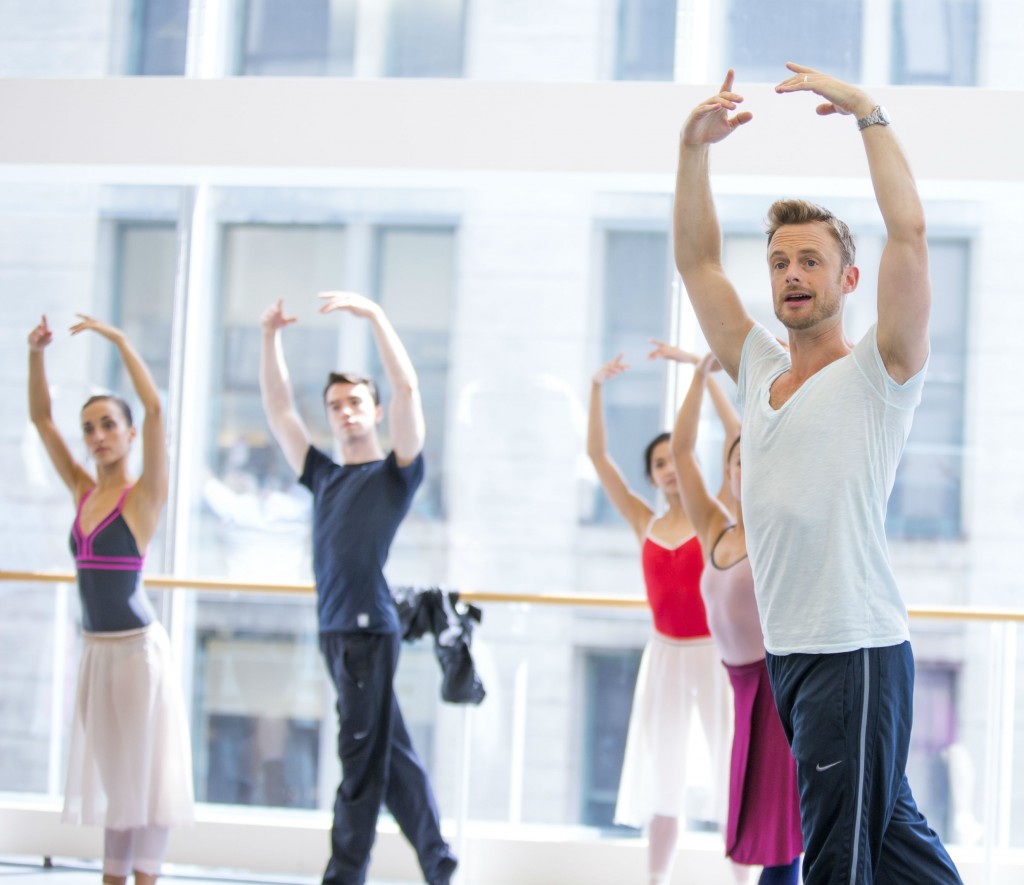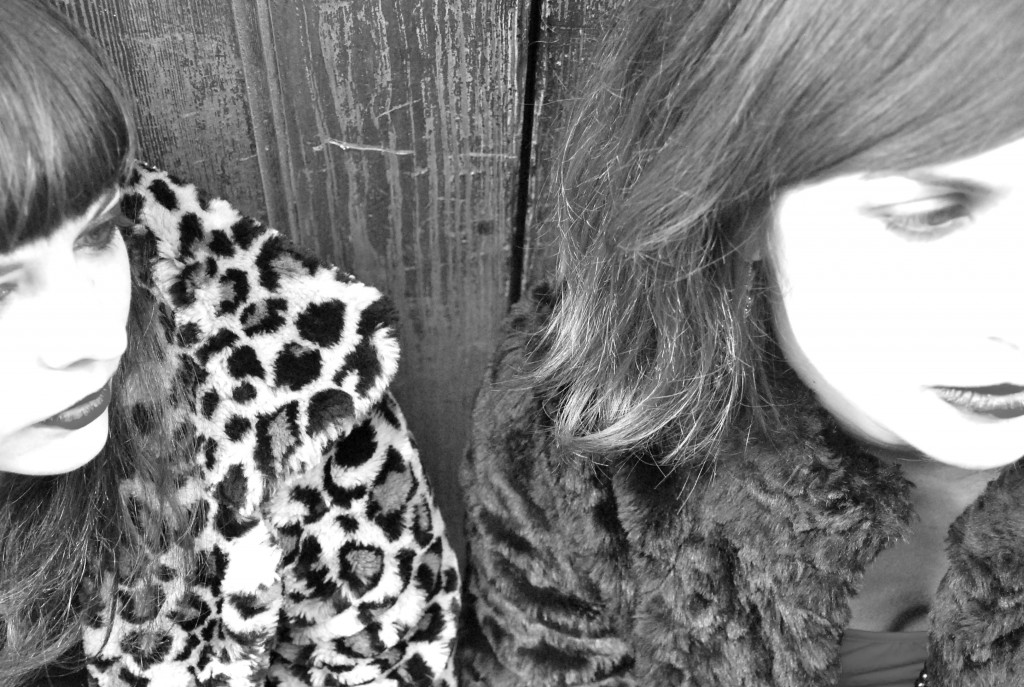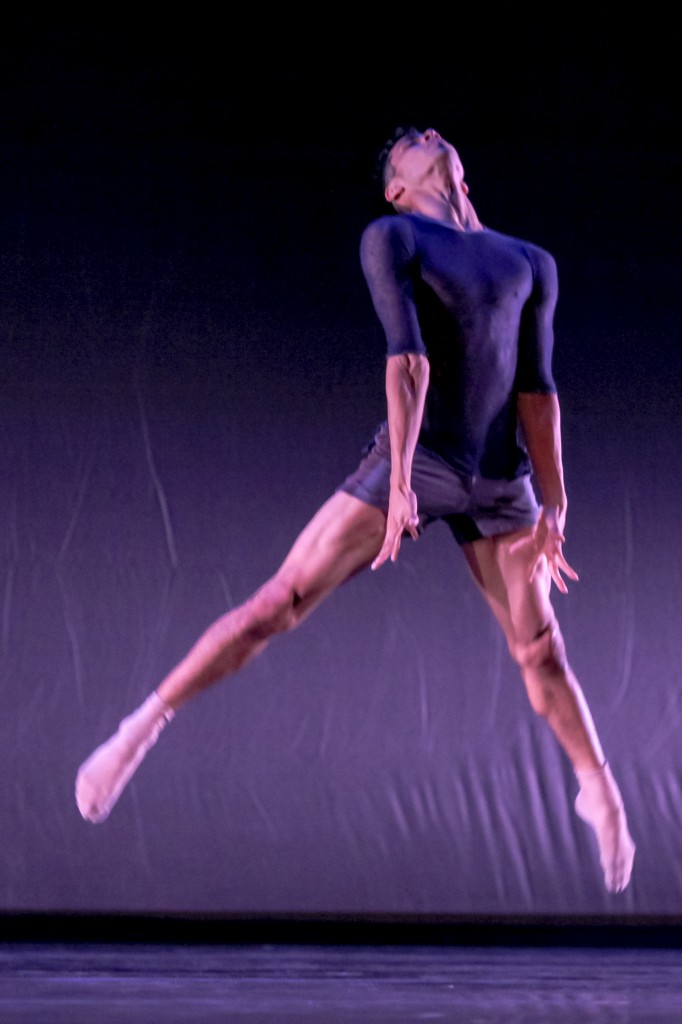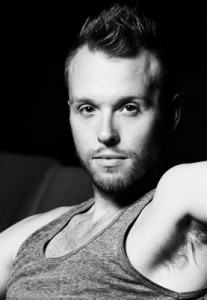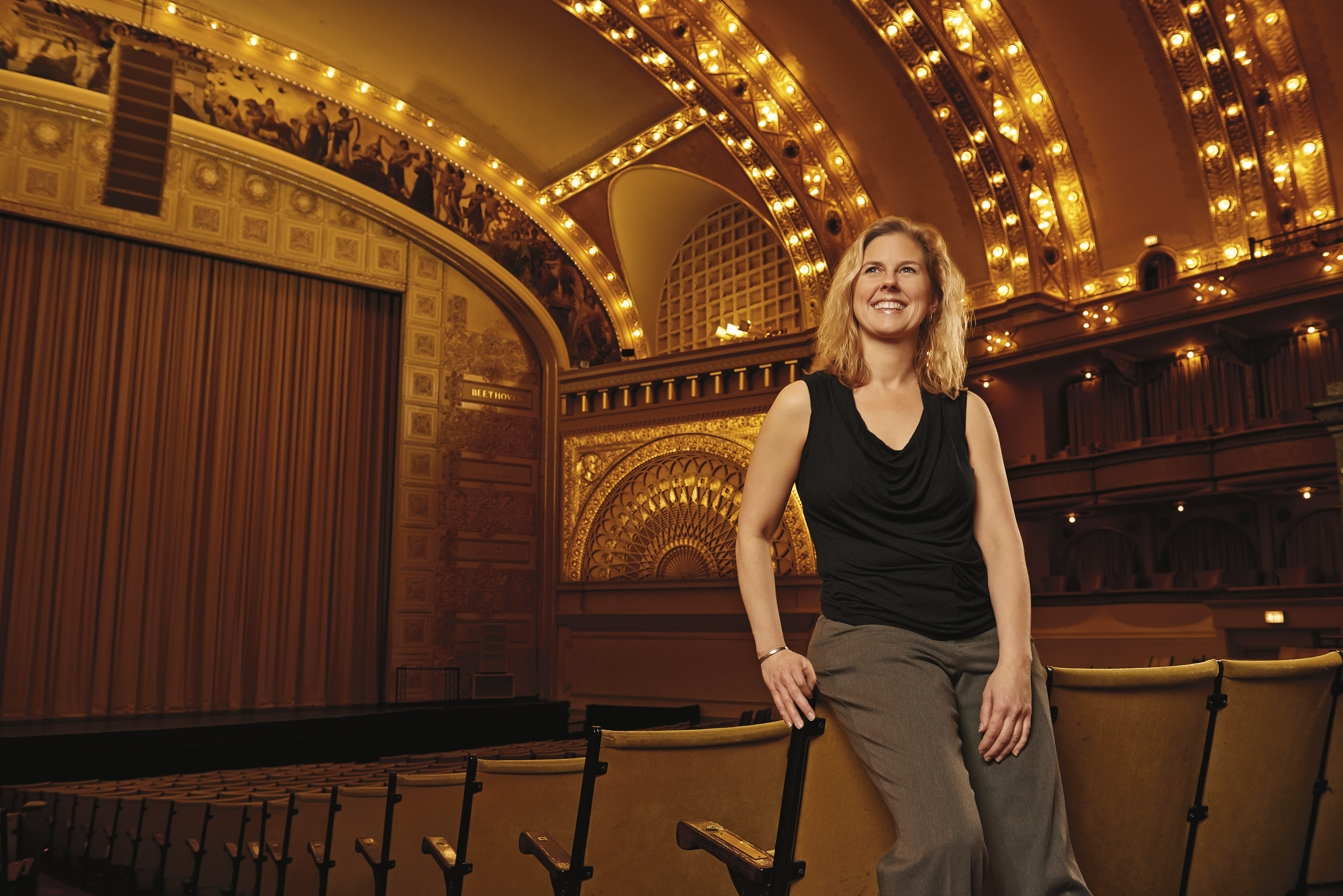
The Dance COLEctive has an upcoming performance series titled “Holding Ground.” You decided to do a live-stream so that it could be viewed by an additional audience. What made you move in this direction?
There are many reasons I’m interested in the idea of streaming a live performance. I want to share my work with students, collaborators and artists I have relationships with outside Chicago. In fact, we’re encouraging people in other states to organize viewing parties, which we’ll report on via social media. To date, fans in central Illinois, Ohio, Texas, Alabama, Florida, Michigan, North Carolina, Idaho, Tennessee, Vermont, Germany and the UK are already committed to watching! For those in Chicago, it offers another point of view on the live performance, perhaps even from backstage. I encourage Chicagoans to come to Links to experience the live version, then watch it streaming and compare.
Where will the live-streaming be broadcast, and how did you select that particular channel for it?
You will be able to watch the live stream from the TDC website. Our first priority is to drive traffic to our website, which is why it is important that it be viewed there. TDC is using YouTube to stream the event, which allows people around the world to also find the event there.
Live-streaming adds an additional component to the preparation for a performance. Can you talk about the challenges it presents?
My first concern is about quality—of the footage itself and the different views from which the work can be viewed. Right now we are talking about having three cameras. I think that could change this week when we get in the space. I think no matter how much we prepare that we still have to be ready for anything.
What do you think can be gained by incorporating this type of experience?
Besides engaging with the viewer virtually, it gives me a new lens to look through as a choreographer. While I did not have this live stream in mind when I created the work itself, I do think that having an understanding of the viewer’s experience will have an impact how I design and execute the work next time.
Do you think that anything can be lost by viewing dance via live-stream as opposed to in person?
Of course, dance is a three-dimensional form best viewed in person. I am hoping this will be the next best thing, especially for all our fans, friends and family who can’t be with us in the theater. But I have no expectations that this can in any way be the same as seeing something live!
Has preparing for a live-stream changed the way you choreographed your piece?
For this first experience, no. It has not changed the way I am choreographing the work. I feel, though, that “choreographically” and with the idea of live streaming in mind, Links Hall was an important venue to support the work and broadcast from. Not only does the intimacy of the space lend itself to the signature elements of our work, but I hope it will create a more intimate experience for the viewer.
Do you think you would consider doing this type of thing again down the line? Why or why not?
Like anything creative, I hope to learn from this experience and try again with the intention of doing it again in a more interesting and informed way. Maybe even make it a regular or exclusive part of the way in which we share our work with others. I feel as if I am only just skimming the surface of what the possibilities and technology can provide.
Margi Cole graduated from the Alabama School of Fine Arts and received a B.A. in dance from Columbia College Chicago and an M.F.A. in dance from the University of Illinois at Urbana-Champaign. She has taught and guest-lectured at numerous educational and professional organizations, including the Alabama Ballet, the American College Dance Festival, Ballet Tennessee, Northwestern University, Columbia College Chicago, Lou Conte Dance Studio, the Joffrey Academy of Dance, the American Dance Festival and other institutions throughout Illinois, the Midwest and the Southeast. She is currently on faculty at Columbia College Chicago, where she has served as a lecturer and associate chair. Awards and acknowledgements of her accomplishments include making the list of “Teachers Rated Excellent by their Students” in four consecutive semesters while on faculty at the University of Illinois. She has received two Choreographic Mentoring Scholarships from The Dance Center of Columbia College Chicago, two Illinois Arts Council Individual Artist Fellowships, a 2005 Chicago Dancemakers Forum grant and an American Marshall Memorial Fellowship (joining other leaders in their respective fields to represent the United States on a month-long tour of European countries). She won a Panoply Festival Choreography Award for Contemporary Dance in Huntsville, Alabama. Margi is active in the Chicago dance community, serving on grant panels and in public forums as an arts administrator, dancer and choreographer. In 2011, she was integral in organizing the Dance/USA and Marshall Forum annual conferences in Chicago. She has been a Chicago Dancemakers Forum Consortium Member for two years, is a member of the Marshall Memorial Fellowship Selection Committee and served as a mentor during the Thodos Dance Chicago New Dances Project in 2014. She was named one of The Players in NewCity’s “Fifty People Who Really Perform in Chicago” in 2012 and recognized by Today’s Chicago Woman among its 2014 “100 Women of Inspiration.”





